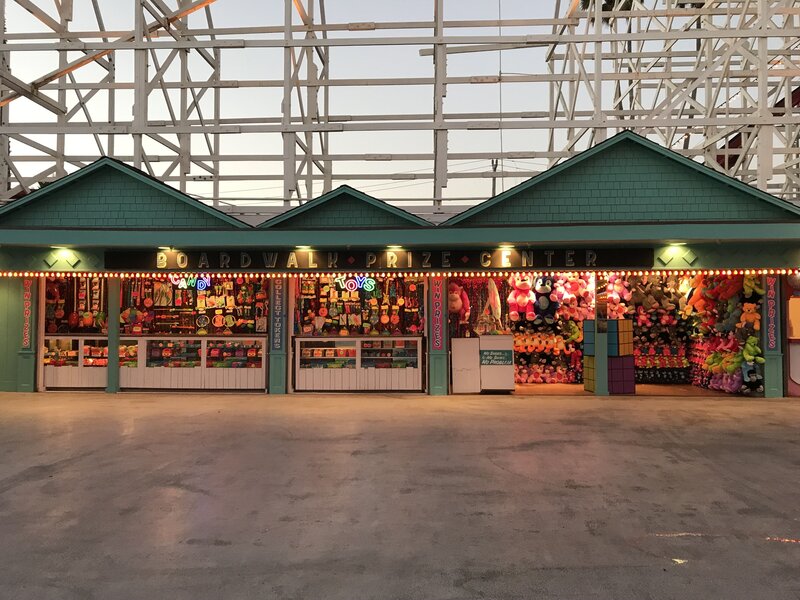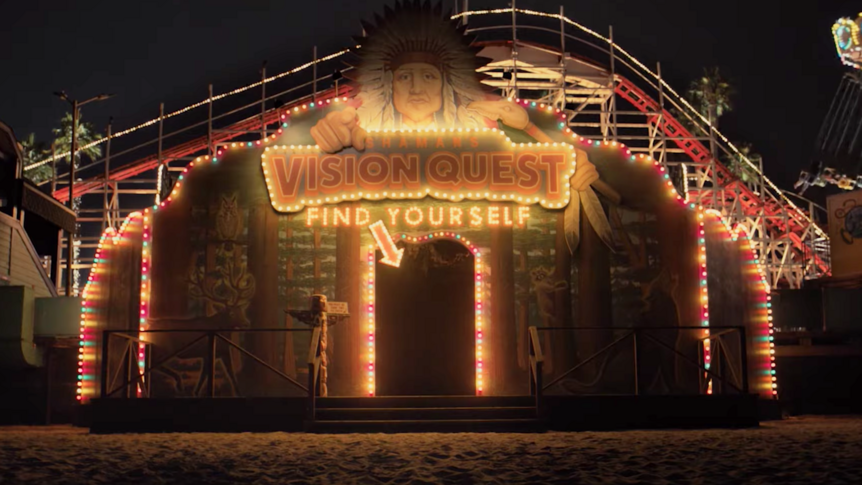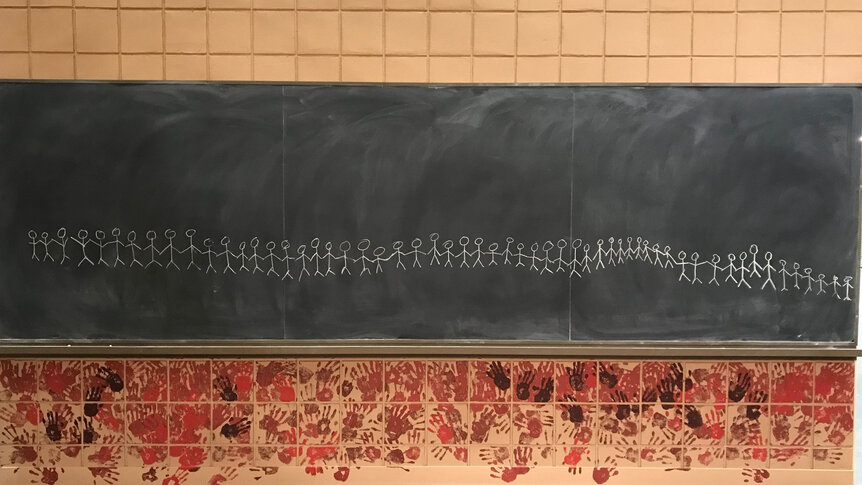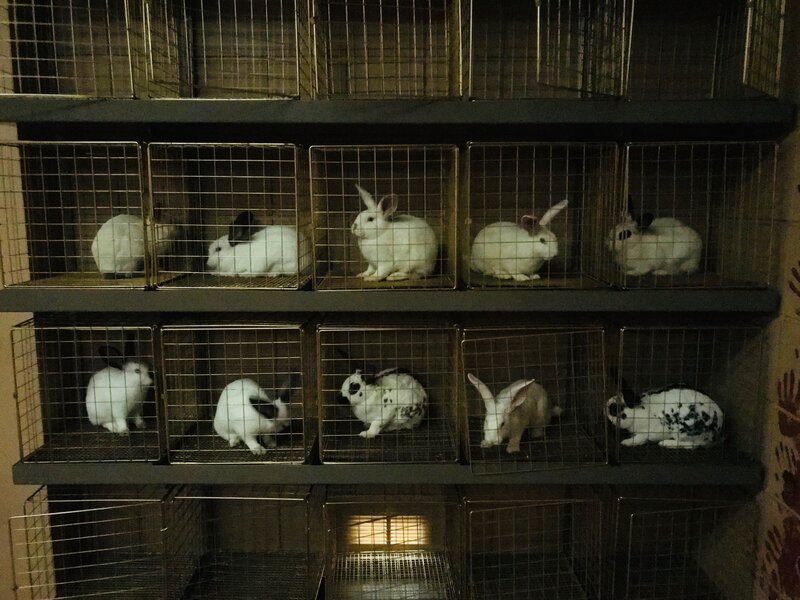Create a free profile to get unlimited access to exclusive videos, sweepstakes, and more!
Awards Contender: Inside Us's terrifying underground labyrinth and boardwalk
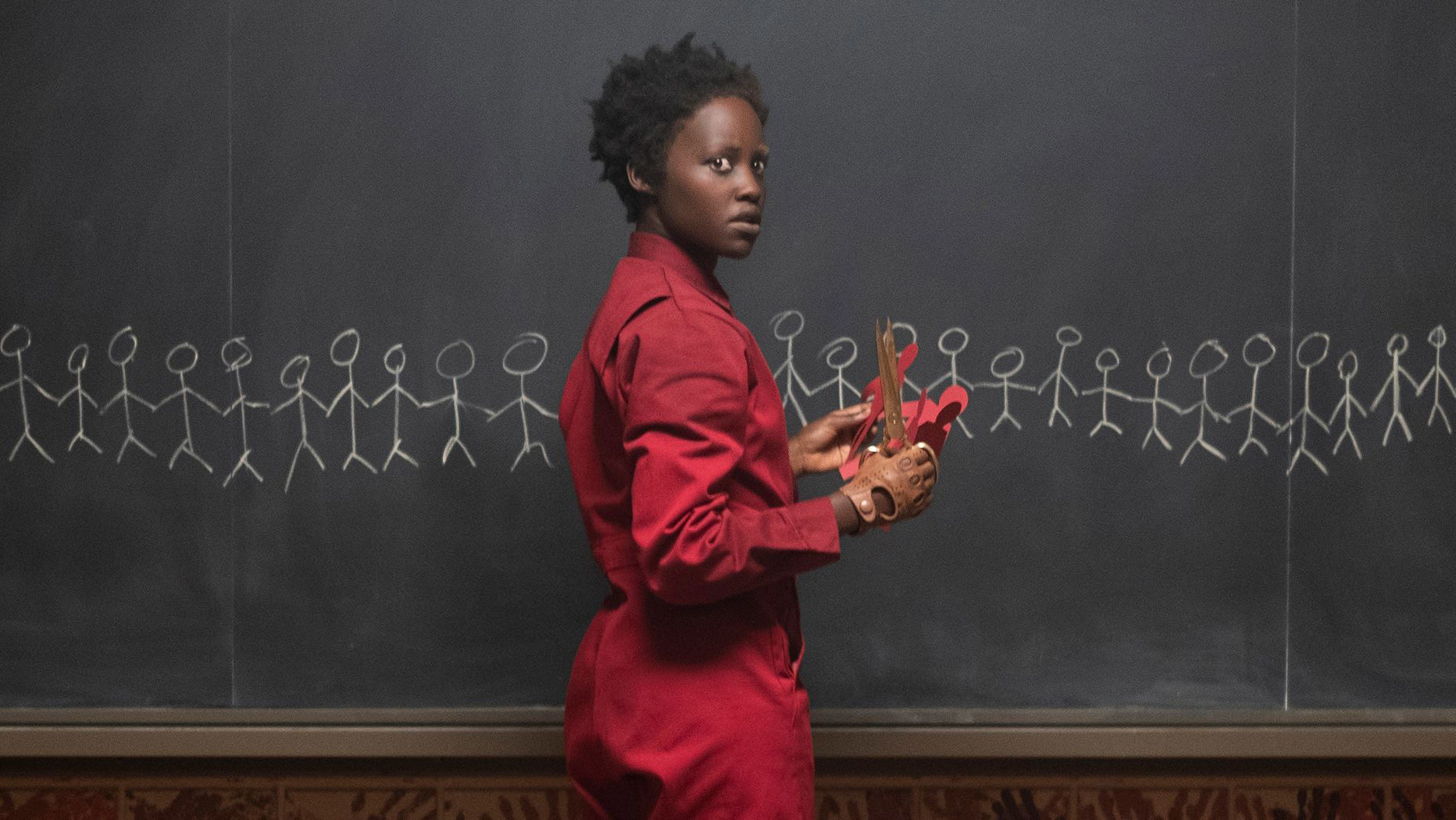
Welcome to Awards Contenders. This month, SYFY WIRE is talking to the actors, directors, designers, and craftspeople whose work was featured in the best movies and TV offerings of 2019, and who are now the leading awards nominees. Today, we're speaking with ADG-nominated production designer Ruth De Jong of Us.
Us is the first horror movie since The Lost Boys to make really good use of a beach boardwalk – in this case, both the traditional amusements that above-ground people enjoy and the previously unexamined purgatory that underground dwellers endure. The Us filmmakers actually watched the classic '80s vampire comedy before going to explore the real-life Santa Cruz boardwalk to decide how to re-configure it for both 1986 and the present day.
For exteriors, the set-dressing team transformed the boardwalk by adding hand-painted signs and custom-built games, such as their own Whac-a-Mole and bottle toss games. For the all-important Vision Quest Hall of Mirrors, however, they decided to ditch real-life models, most of which had neon colors or were "wackadoodle," says production designer Ruth De Jong. She went through the hall of mirrors at Santa Cruz a few times, and says that while it was "hilarious," it didn't work for what Us needed.
So instead, she designed a special sound-stage version at Universal with two-way mirrors. "I put the cinematographer inside of a triangle box with the camera," De Jong says. "That way, his reflection is not a factor, and he can shoot someone in 360." The woodland murals were painted by Clifton's Cafeteria artist Sammy Beam, and were intentionally not politically correct regarding the depiction of Native Americans for the '80s version.
As for the nether region called the Underpass, where the Tethered live, that was also a stage at Universal. De Jong designed a modular hallway leading into three rooms — the classroom, the cafeteria, and the bunk room. (The long hallway was made even longer — visual effects from Industrial Light and Magic elongated the space, to make it seem like part of a vast labyrinth.)
De Jong did extensive research on underground spaces (vintage malls, psych wards, North Korean military bunkers) and adapted the common architecture of those spaces — lots of squares and repeating lines. And director Jordan Peele wanted the color palette for this space to be uncomfortable, says De Jong. "Jordan said, 'I don't want this to be stark white, blue, green, or red. I want it to be like the skin tone of the whole human race.'"
De Jong also gave a lot of thought to how the Tethered would live in this space. Where would they sleep? How would they eat their meals? Where would they sew their clothes? She thought the area would be somewhat military, given the community's origins.
"Some of their ideology was not fully expressed outright," she says. "But we thought there was possibly a network of people who were being used by another group of people, and had been neglected and abandoned and left underground. It started as an experiment decades ago, and back then, this might have been a better opportunity for the have-nots — but the experiment went south, the key was thrown out, and everyone was lost."
The rabbits kept in cages were meant to be a source of food and clothing, and the cages were made from the same brass as the scissors. Of course, the items in the Tethered world only invite more questions. Says De Jong, "We wondered, 'Where did they get the desks? The beds? Should they be made out of wood or metal? Where did they get the metal? How did the rabbits survive without sunlight? Where did they get greens and lettuce to feed them?"
In the end, they did come up with some answers (deciding that the metal had been foraged for, and that brass was chosen since it's a soft metal and easier to manipulate), but these only invited more questions (like, how did the Tethered work with the metal at all?).
"At a certain point, we had to abandon all of that," she says. "We would have driven ourselves crazy and it would have required a 20-hour film to answer everything."
